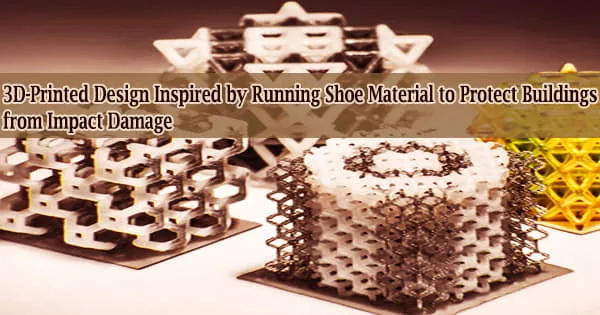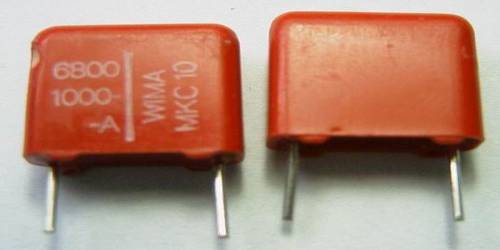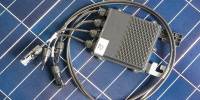The design of a 3D-printed product that could help protect structures against collision damage and other high impact pressures, equal to a car traveling at 60km/hr, was inspired by a substance used in running shoes and memory foam pillows.
Dr. Tatheer Zahra of the QUT Centre for Materials Science and the QUT School of Civil and Environmental Engineering used off-the-shelf bioplastic to 3D print geometric patterns that replicate the behavior of auxetic materials, according to a paper published in Smart Materials and Structures.
Three-dimensional (3D) printing is an additive manufacturing technique that turns a digital design into a physical thing. The method involves spreading down thin layers of material, such as liquid or powdered plastic, metal, or cement, and then fusing them together.
“Rather than flattening when stretched or bulging when compressed, auxetic materials expand or contract in all directions at once, which makes them highly energy-absorbent and load resistant,” Dr. Zahra said.
“But existing commercial auxetic material is expensive and not locally available, so I designed geometric shapes that achieved the same behavior.”
3D printing auxetic geometries, according to Dr. Zahra, might potentially replace steel and fibre reinforced polymer mesh reinforcements in composites, as well as serve as a versatile and extensively applicable protective wall render.
She claims the energy absorption is similar to a 20mm thick reinforced composite protective render applied to a full-scale building wall, which could withstand the impact force of a car traveling at 60km/h.
Composites having these geometries incorporated in them might theoretically withstand large impact or shock energy induced by gas explosions, earthquakes, wind forces, and car crashes at scale.
Rather than flattening when stretched or bulging when compressed, auxetic materials expand or contract in all directions at once, which makes them highly energy-absorbent and load resistant. But existing commercial auxetic material is expensive and not locally available, so I designed geometric shapes that achieved the same behavior.
Dr. Tatheer Zahra
Each year, there are an estimated 2000 vehicle collisions in Australia. With a direct building damage cost of 2.5 percent, the annual damage bill for housing would be around $38.65 million.
Because automobiles collide with apartments, offices, restaurants, and convenience stores, the cost of property damage is likely to be higher. The greatest expense would be the loss of life.
Rapid prototyping is a term used to describe the utilization of 3D printers in today’s world. Companies all over the world are now using 3D printers to make prototypes in a matter of hours, rather than investing months of time and potentially millions of dollars on R&D.
Protection for masonry walls, according to Dr. Zahra, is especially crucial because they are an integral feature of most business and residential structures. Masonry is a low-cost material that is resistant to noise, heat, and has superior fire resistance than wood or steel, but its mortar joints compromise the overall structural strength.
“If auxetic geometries were embedded into the mortar to make protective composites, they would also be protected from microorganisms and temperatures over 60°C, and should last the design life of the structure,” she said.
While 3D printing technology is now too sluggish to be employed in mass production, it is still improving and has the potential to significantly disrupt the manufacturing logistics and inventory management industries.
Dr. Zahra plans to test the ideas on full-scale masonry and concrete structures at the QUT Banyo Pilot Plant after proving them in the lab.
“The designs would be good prospects for commercialization through additive manufacturing because the production process is flexible and materials are readily available,” Dr. Zahra said.
“3D printing would also allow us to change the material, size or design of geometric shapes to suit different structures and load requirements.”
3D printers have applications in almost every industry. This futuristic printing process is actually being used in the construction sector to print entire homes.
Bioplastics, according to Dr. Zahra, are a more sustainable, low-carbon alternative to fiber-reinforced plastic and other non-biodegradable polymers.
It was also less expensive than using commercially produced auxetic fabrics, which might cost up to $400 per square meter and were not biodegradable, according to her. 3D printing technology’s adaptability and flexibility make it an instant game-changer in any business.
















